Google and Microsoft's hybrid work battle shows the narrative is just as important as the technology
Two of the biggest workspace collaboration players have finally decided what ‘the new normal’ means to them and their customers


When the pandemic threw the world into limbo, nobody saw Zoom coming. The video conferencing platform previously enjoyed a relatively small customer base and modest brand recognition, yet it surged past household names such as Skype, Facetime and WhatsApp.
RELATED RESOURCE

As remote working expanded, Zoom unexpectedly captured the COVID-19 zeitgeist in a way that likely not even Zoom was prepared for, with its workplace collaboration rivals, including Microsoft and Google, desperately playing catchup.
In the subsequent months, the focus has shifted from supporting remote working needs on platforms like Microsoft Teams or Google Workplace to catering for whatever comes next. ‘The new normal’ has long been a concept without meaning, although both Microsoft and Google have now thrown the gauntlet to the broader industry in their efforts to define this in the context of hybrid working. As such, they're overhauling their core platforms to meet the anticipated demands of businesses now and in the future.
Defining ‘the new normal’ with technology
Both Microsoft and Google have announced major overhauls to their respective workplace collaboration platforms, Microsoft Teams and Google Workspace, this week, marketing a similar set of features towards the same cohort of customers. Although each platform has enjoyed massive wins during the pandemic - on-boarding new customers as well as catering to the existing user base - they're now set on a collision course. Both are attempting to define hybrid work on their own terms to capture a definitive market share.
Microsoft Teams will integrate technology to improve hybrid meetings, namely adding AI cameras to physical Teams Rooms spaces. These devices include active speaker tracking technology, so speakers are detected automatically, multiple video streams, so all participants are assigned their own video panes, and people recognition, so users are labelled for the benefit of others.
Google, meanwhile, has added Meet calling to its video conferencing capabilities to encourage more spontaneity between remote workers. You can, for example, open up a one-to-one chat within Gmail without needing to schedule it first. It aims to strip away the uncomfortable formality of video conferencing that’s existed since the start of the pandemic. This comes alongside Spaces, which mimics Slack channels, allowing users to collaborate and converse in defined ‘spaces’ alongside tight integrations with tools such as Drive, Calendar and Tasks.
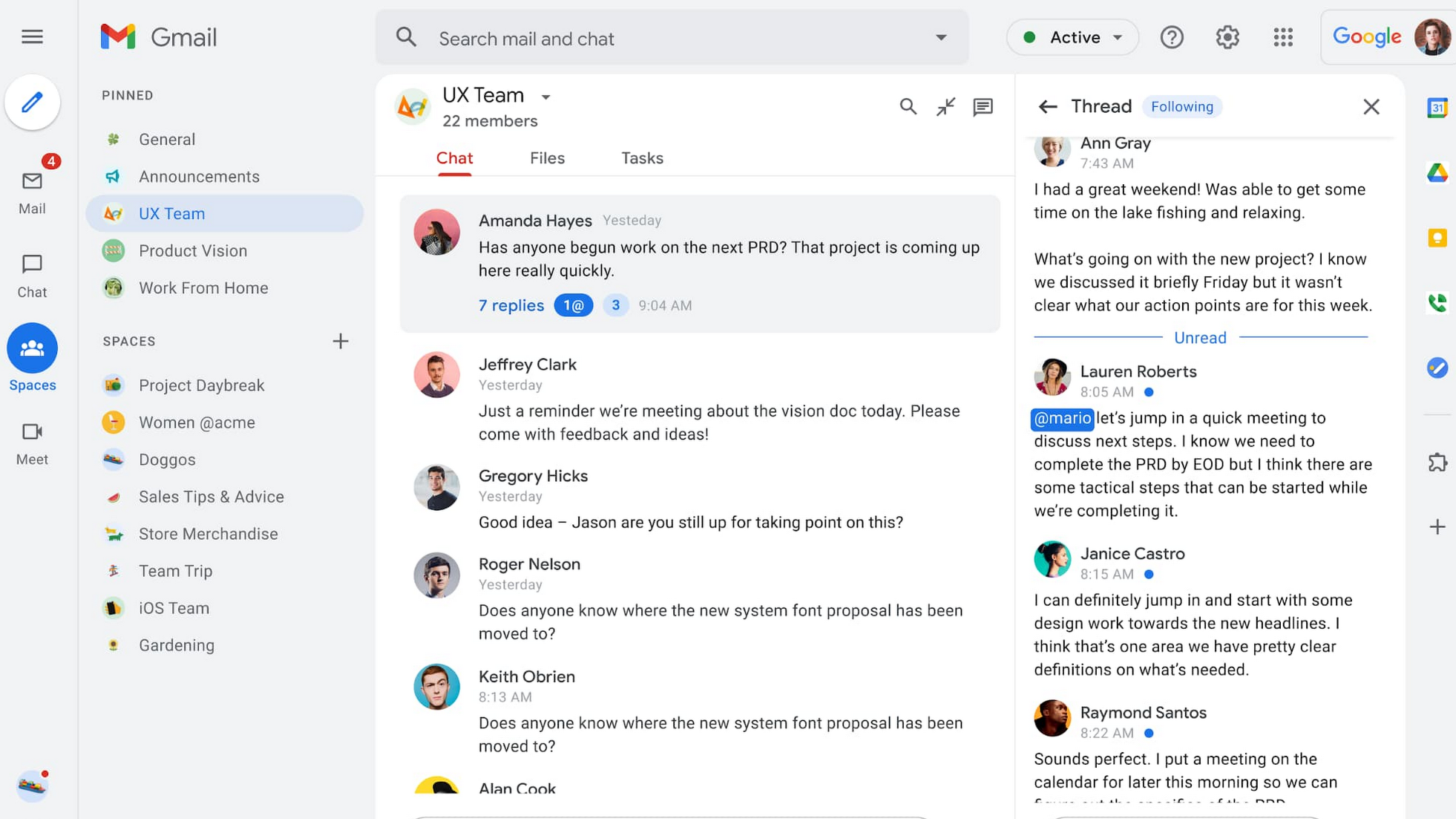
Many of the new features actually pave the way for harmonisation between the two platforms; each borrowing ideas that have long existed in the other product. Google Spaces is a prime example, as is Outlook RSVP, which allows Teams users to check into meetings to say whether they’re attending in-person or online.
Sign up today and you will receive a free copy of our Future Focus 2025 report - the leading guidance on AI, cybersecurity and other IT challenges as per 700+ senior executives
Regardless of which tools are borrowed, and which are innovative, much of this isn’t about what’s new but rather the messaging around these changes. The timing of these announcements, for example, and the buildup around them, speaks to how seriously these companies are taking what they see as a massive turning point in the future of workplace collaboration.
Capturing the zeitgeist
Microsoft had trailed its news for a couple of weeks prior, allowing reporters to preview the research fuelling the Teams overhaul, and learn how these tweaks address the fundamental hybrid work challenge. A little more than 24 hours before Microsoft’s embargo lifted, Google lifted the lid on its own announcement without warning, attempting to gazump Microsoft with its plans to ‘bridge the hybrid work gaps’ with updates to Google Workspace.
This is a critical moment in the evolution of workspace collaboration technology, and the timing of Google’s announcement speaks volumes. Its eagerness to upstage its rival, on the day before a much-anticipated retooling of Microsoft Teams, reveals how seriously these firms are trying to capture the zeitgeist in the way that Zoom managed to early in the pandemic. Facebook’s own VR-powered hybrid work platform launched last month, Horizon Workrooms, also speaks to this trend.
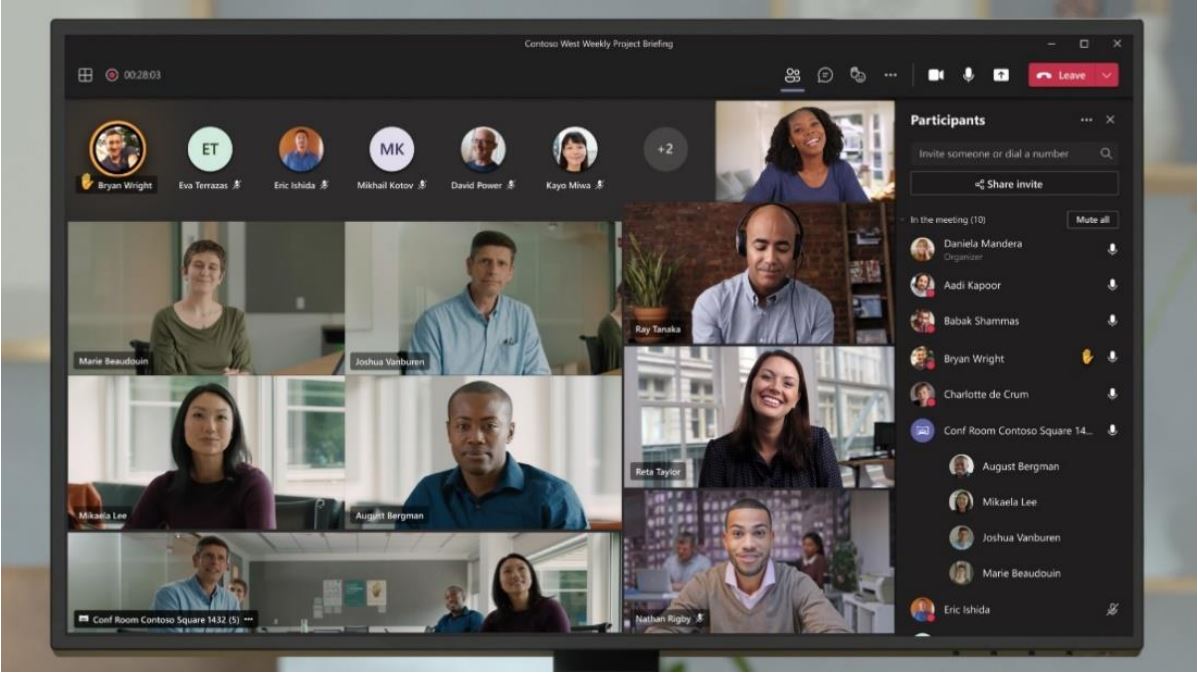
RELATED RESOURCE

In its research, Microsoft established that employee expectations are constantly changing and that inconsistencies are emerging that may challenge businesses as they hope to reconfigure their workplaces. For example, employees who mostly prefer to work remotely, and those who prefer to work mostly in the office, are doing so for the same reason - it allows them to focus. Employees are also planning to go into the office more often than managers expect them to, while managers are more likely to want to work in the office than they are to work remotely.
These companies are clear in their ambitions to capture as large a market share as possible as the dust settles on the nature of hybrid work. This urgency is exemplified by this week’s collision between Google and Microsoft, although you can also feasibly throw Facebook and even Salesforce into the mix, following its $28 billion Slack acquisition. Given the fact that all these platforms by and large mirror each other in terms of the core capabilities and features, it’s perhaps more about the messaging than it is about the technology.
Microsoft and Google, certainly, are hoping to demonstrate a powerful ability to tap into an overarching narrative that might appeal to businesses seeking guidance as they navigate the uncertainty of the future of work.

Keumars Afifi-Sabet is a writer and editor that specialises in public sector, cyber security, and cloud computing. He first joined ITPro as a staff writer in April 2018 and eventually became its Features Editor. Although a regular contributor to other tech sites in the past, these days you will find Keumars on LiveScience, where he runs its Technology section.
-
 Trump's AI executive order could leave US in a 'regulatory vacuum'
Trump's AI executive order could leave US in a 'regulatory vacuum'News Citing a "patchwork of 50 different regulatory regimes" and "ideological bias", President Trump wants rules to be set at a federal level
-
 TPUs: Google's home advantage
TPUs: Google's home advantageITPro Podcast How does TPU v7 stack up against Nvidia's latest chips – and can Google scale AI using only its own supply?
-
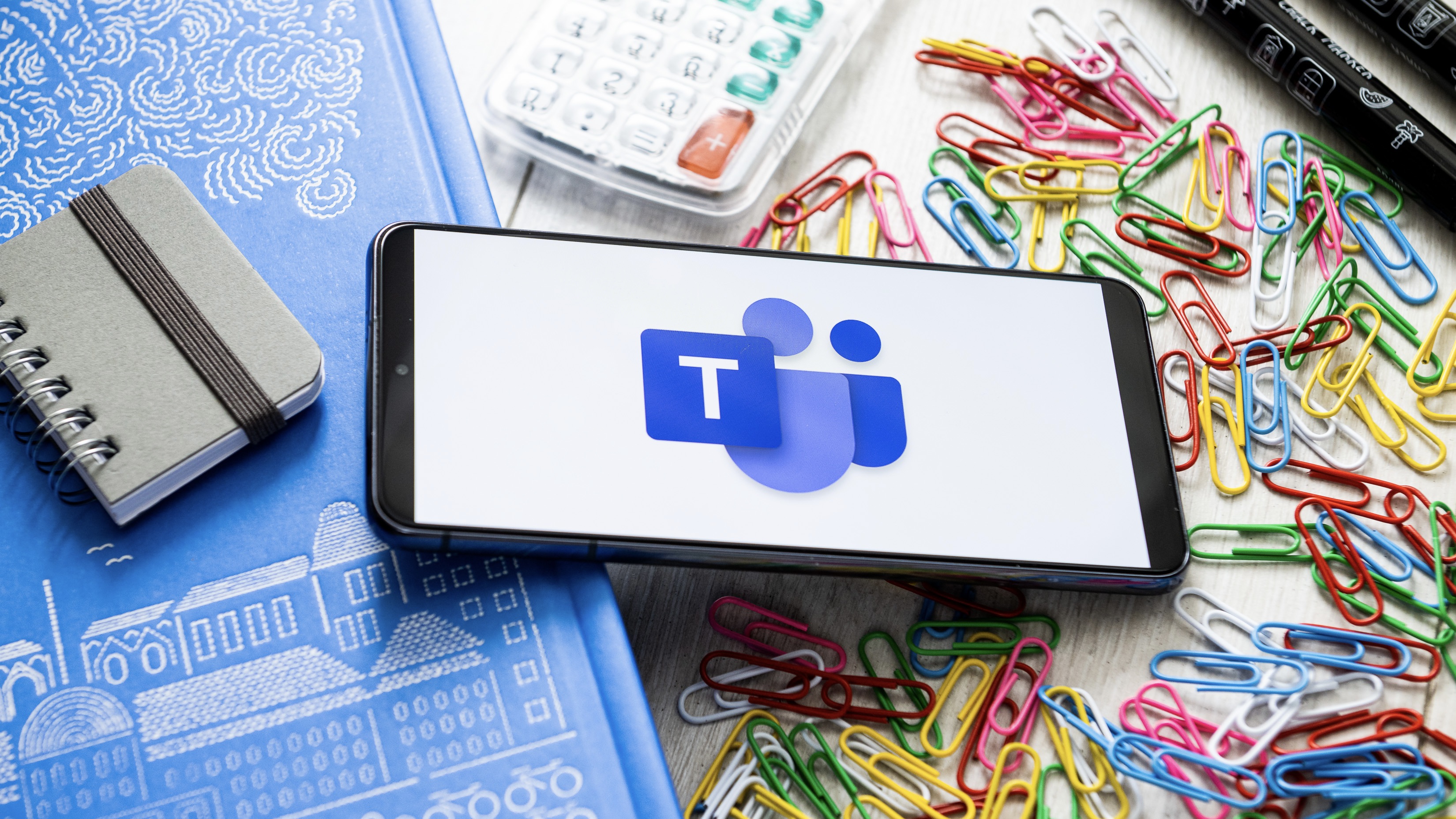 New Microsoft Teams features for business users
New Microsoft Teams features for business usersIn-depth All the latest Microsoft Teams features after the platform is given a redesign, complete with an AI-powered assistant and a faster engine
-
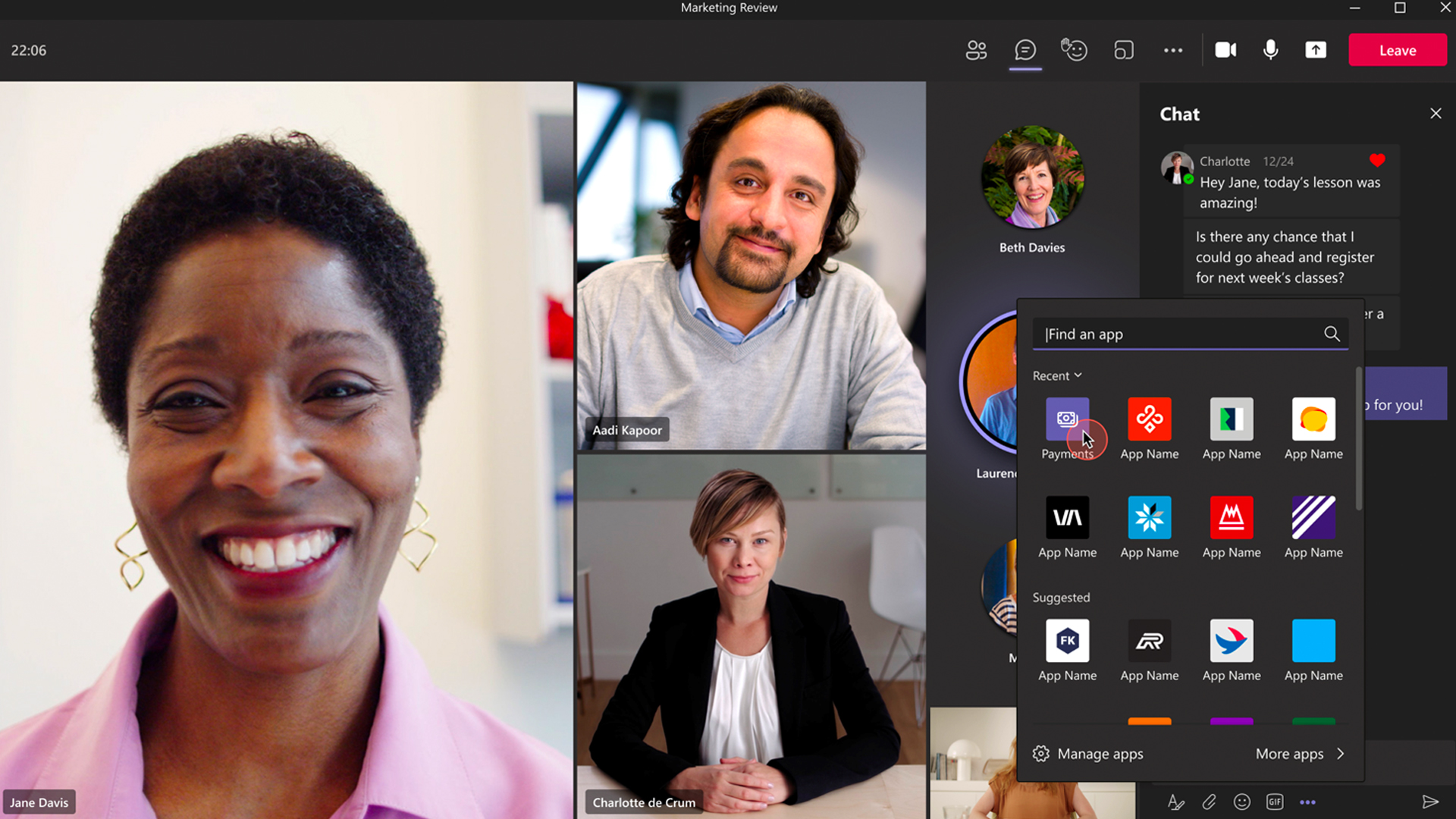 Microsoft Teams now allows SMBs to collect payments in meetings
Microsoft Teams now allows SMBs to collect payments in meetingsNews With the help of PayPal, Stripe, and GoDaddy, the Microsoft Teams Payments app offers in-meeting payment requests
-
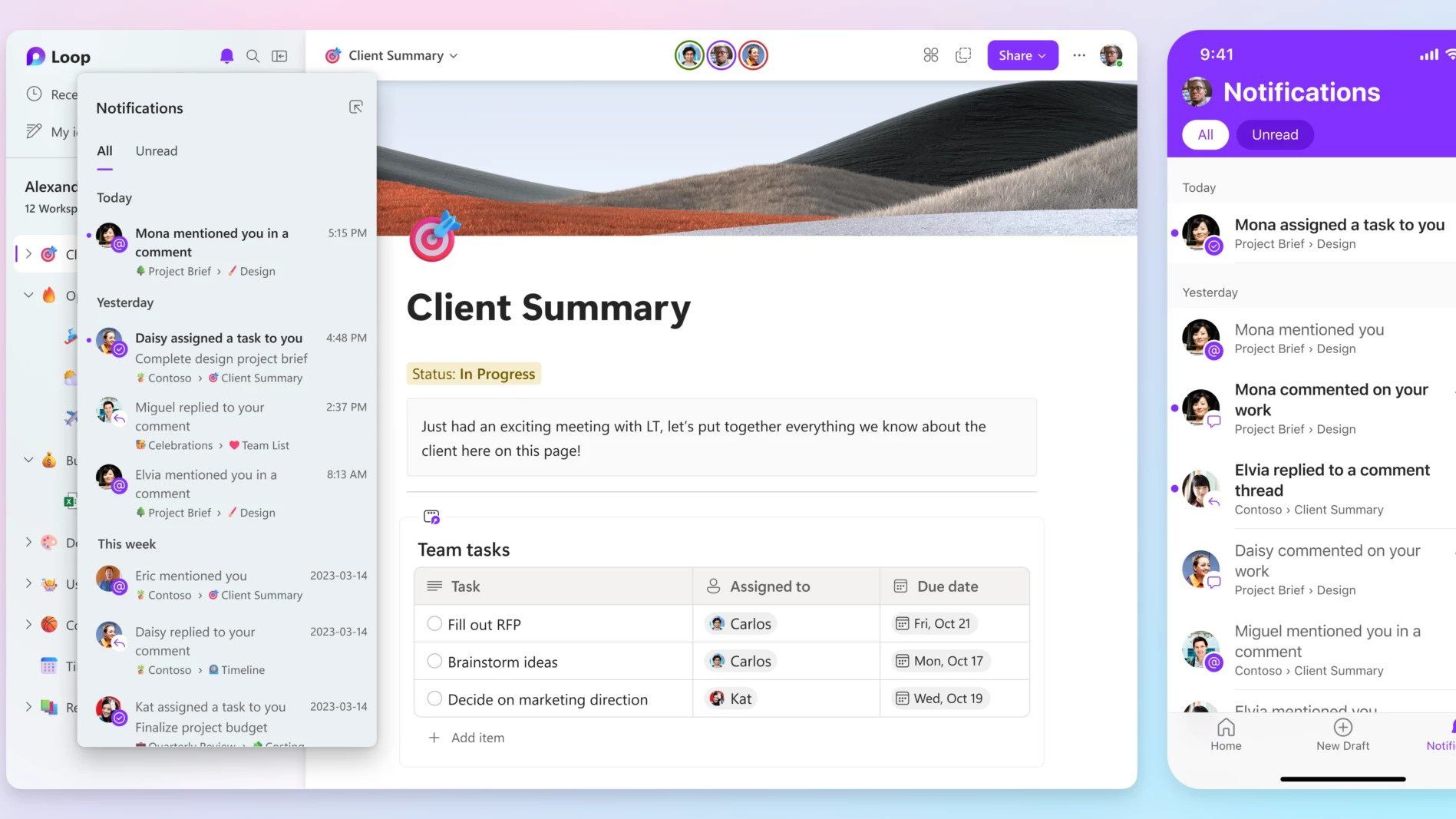 Microsoft launches collaboration platform Loop, its answer to Notion
Microsoft launches collaboration platform Loop, its answer to NotionNews Greater collaboration tools are coming to the Microsoft 365 suite, aiming to help teams work together without having to jump between different apps
-
 Meta Quest Pro preview: Meet Meta's 'laptop killer'
Meta Quest Pro preview: Meet Meta's 'laptop killer'Opinion We go hands-on with the Meta Quest Pro, as the firm banks on turning hardware preferences upside down
-
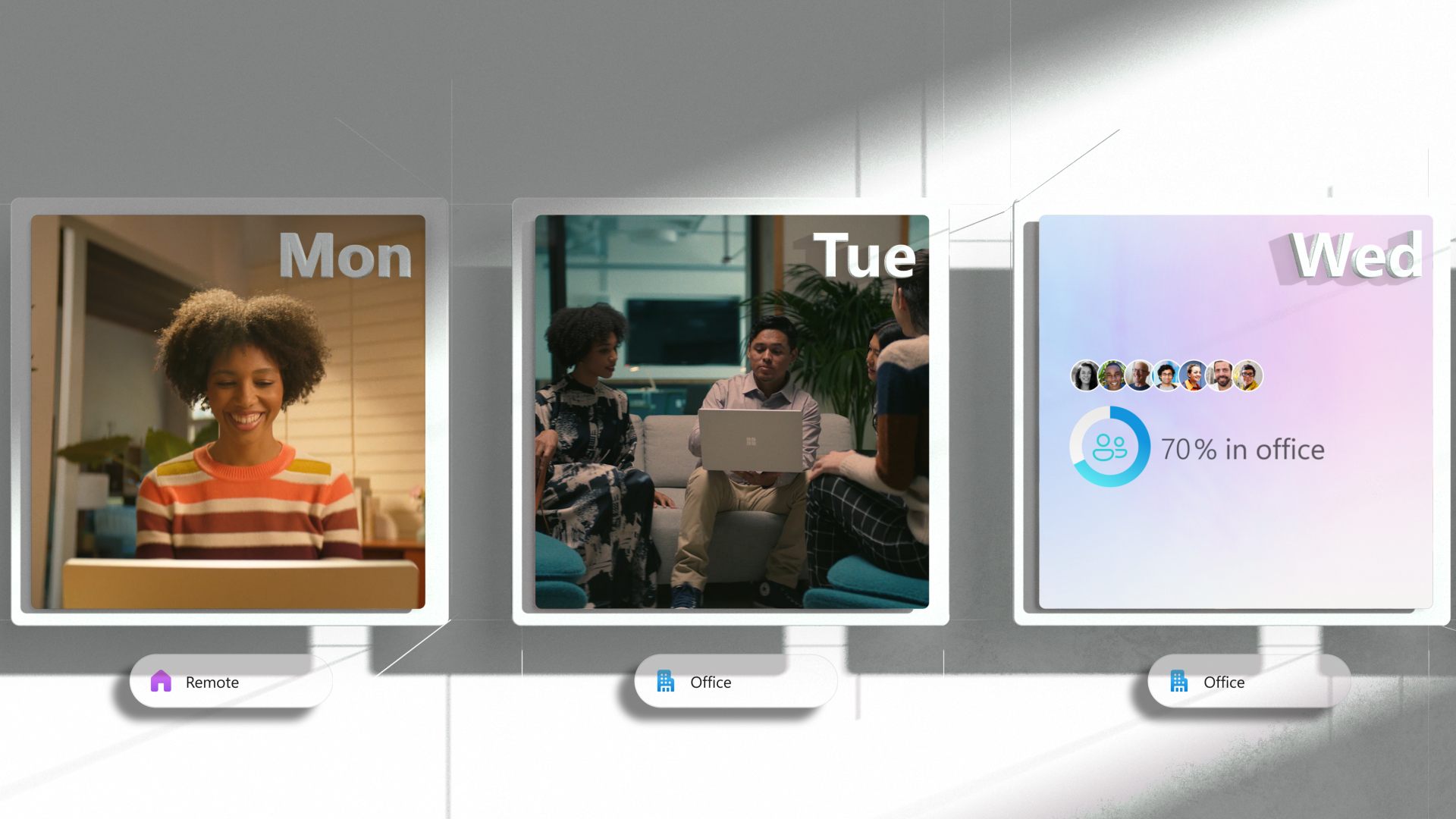 Microsoft launches Places, includes GPS-style navigation to help find meeting rooms
Microsoft launches Places, includes GPS-style navigation to help find meeting roomsNews The new app built specifically for organisations adopting a permanent hybrid work model brings new features to manage people and the workplace itself
-
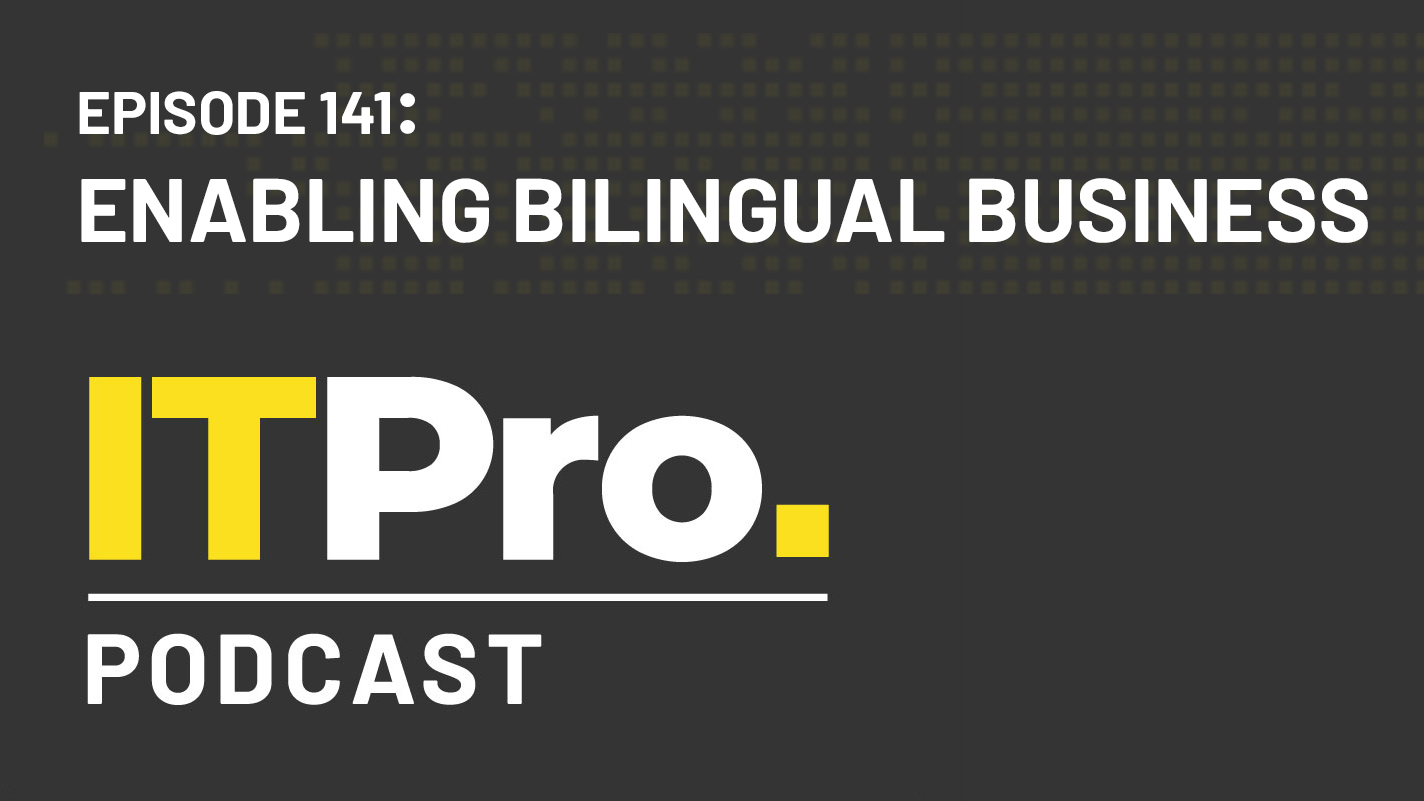 The IT Pro Podcast: Enabling bilingual business
The IT Pro Podcast: Enabling bilingual businessIT Pro Podcast How Wales is using digital tech to deliver a greater choice of languages
-
 Podcast transcript: Enabling bilingual business
Podcast transcript: Enabling bilingual businessIT Pro Podcast Read the full transcript for this episode of the IT Pro Podcast
-
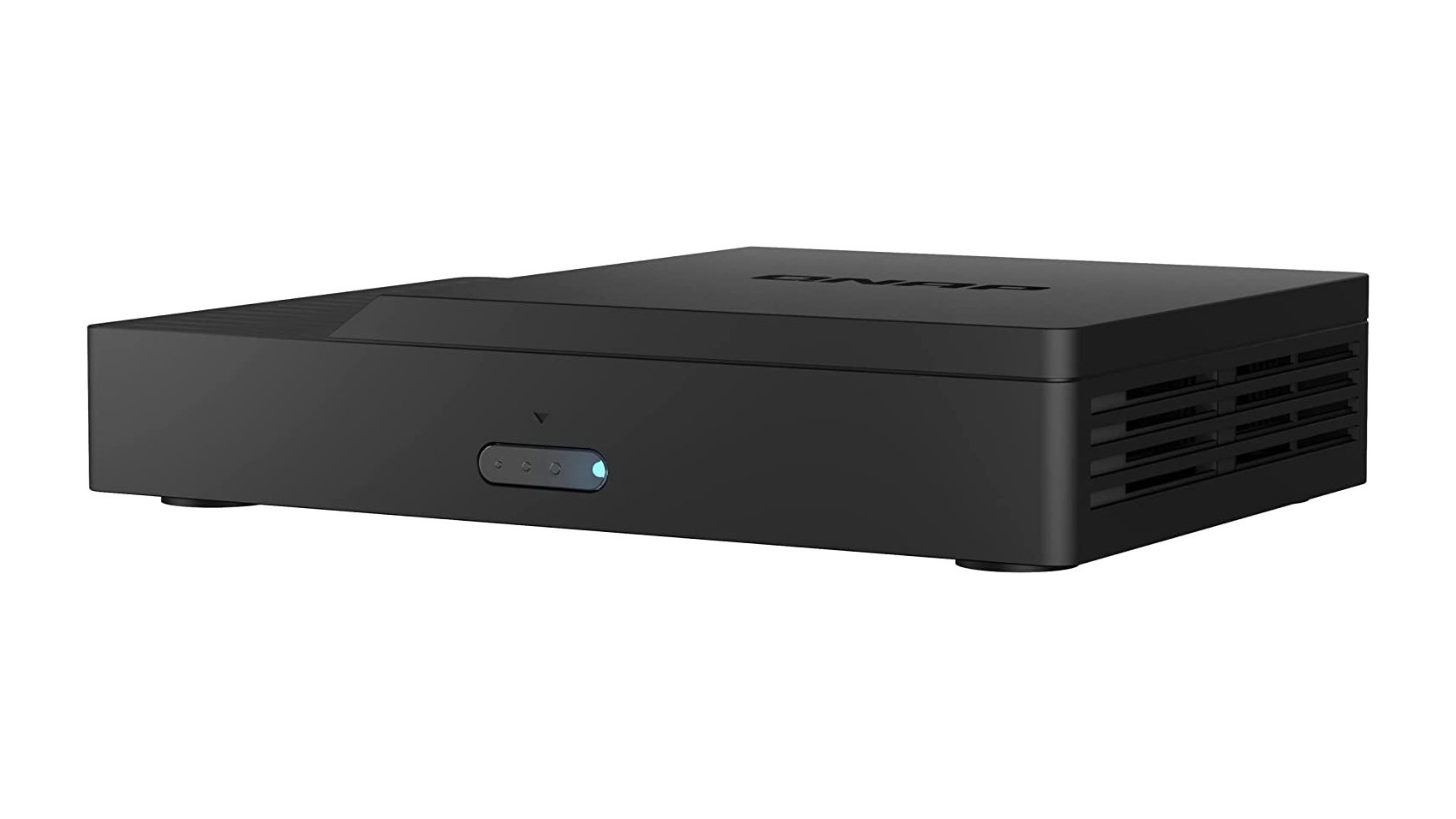
 Qnap KoiBox-100W review: An intriguing alternative
Qnap KoiBox-100W review: An intriguing alternativeReviews A versatile and affordable videoconferencing solution with great wireless screen presentation features